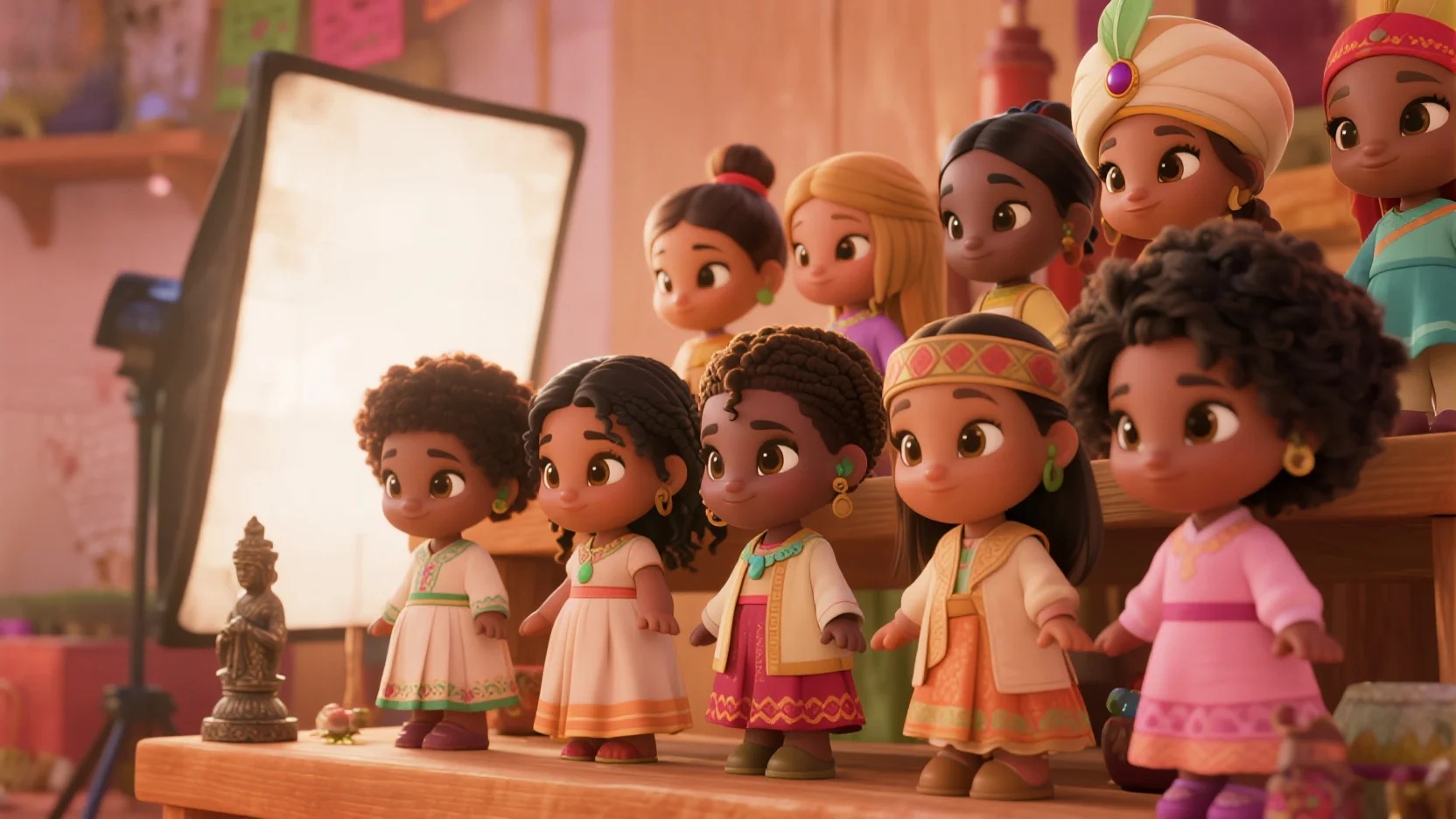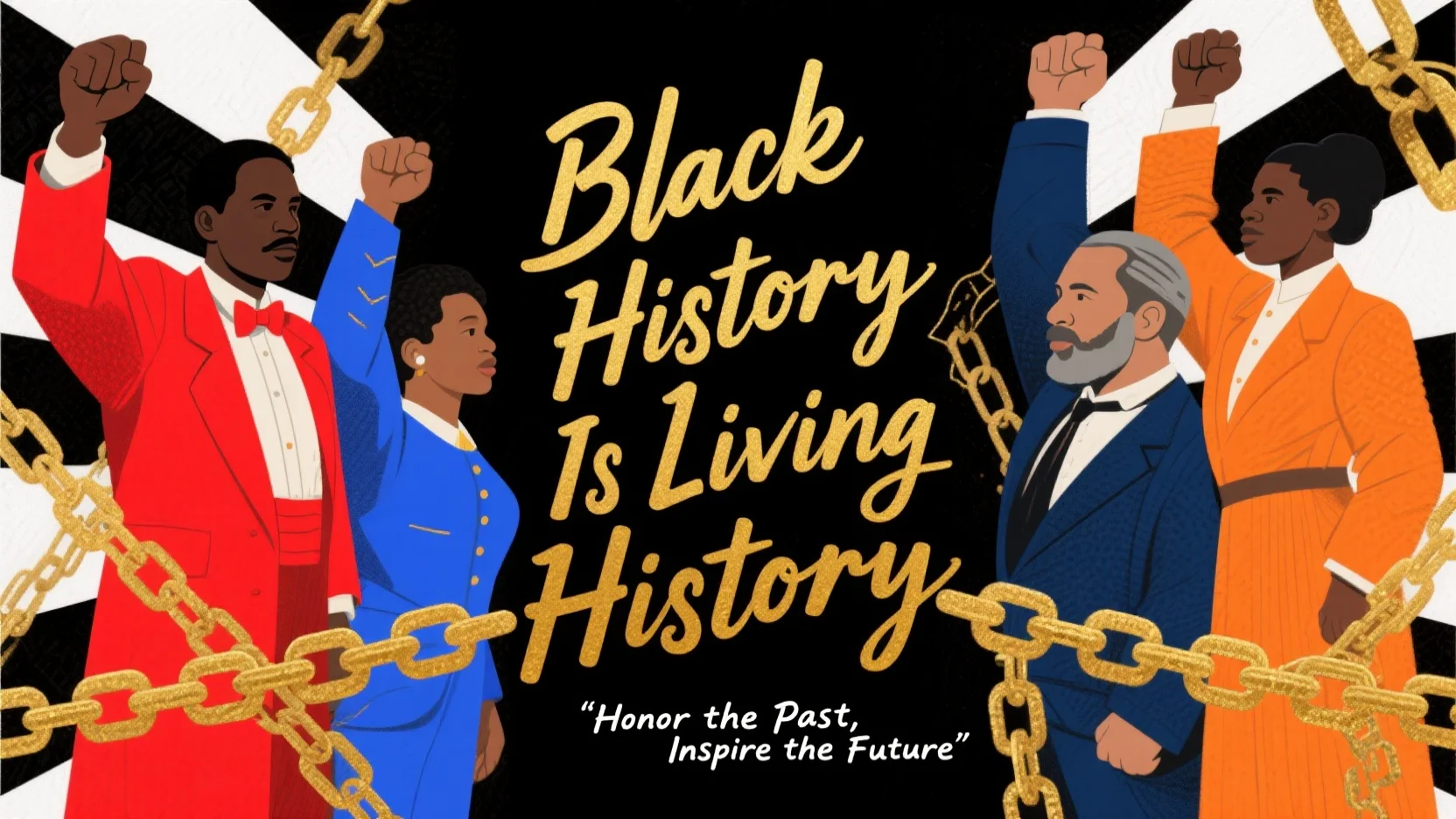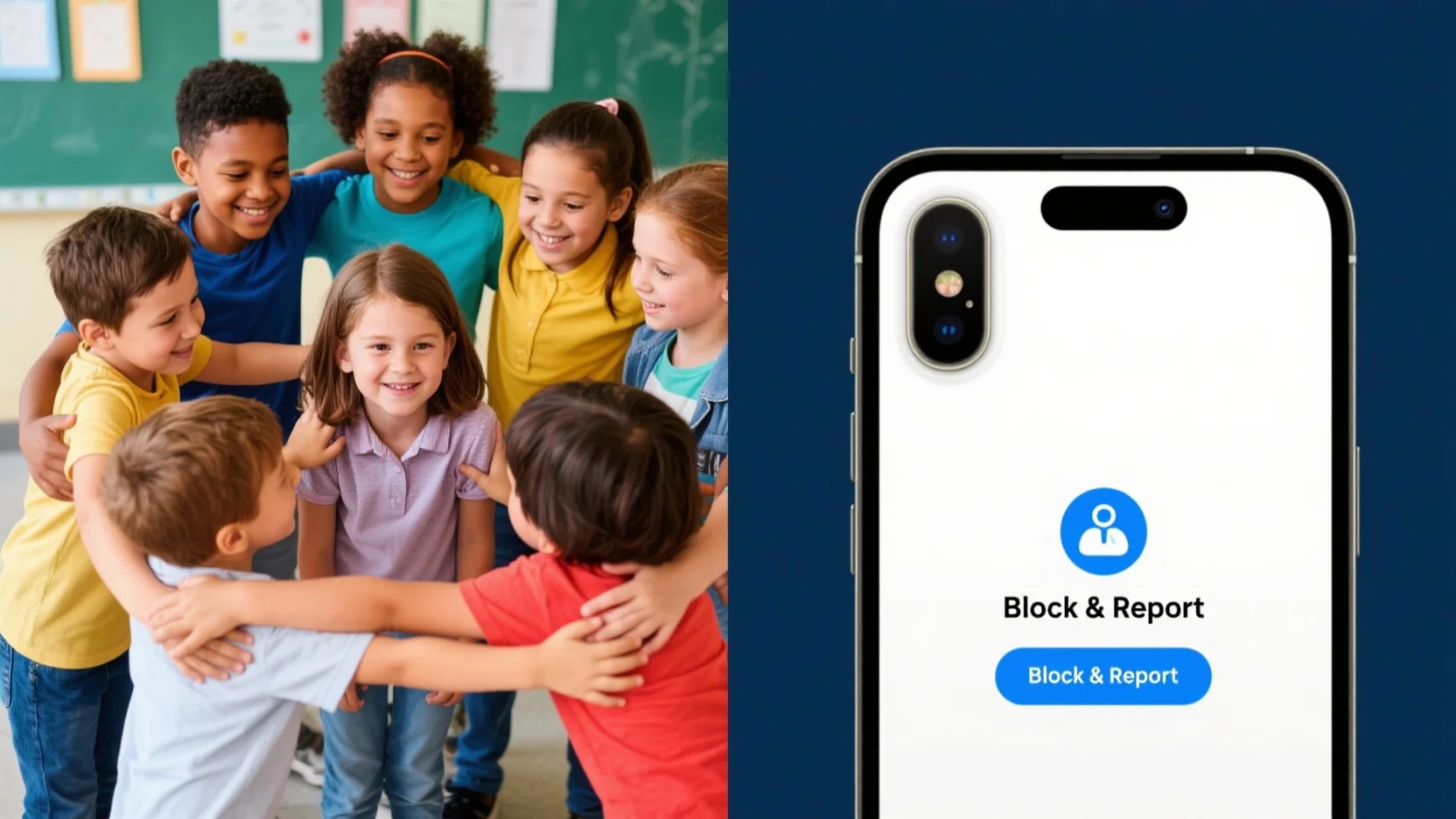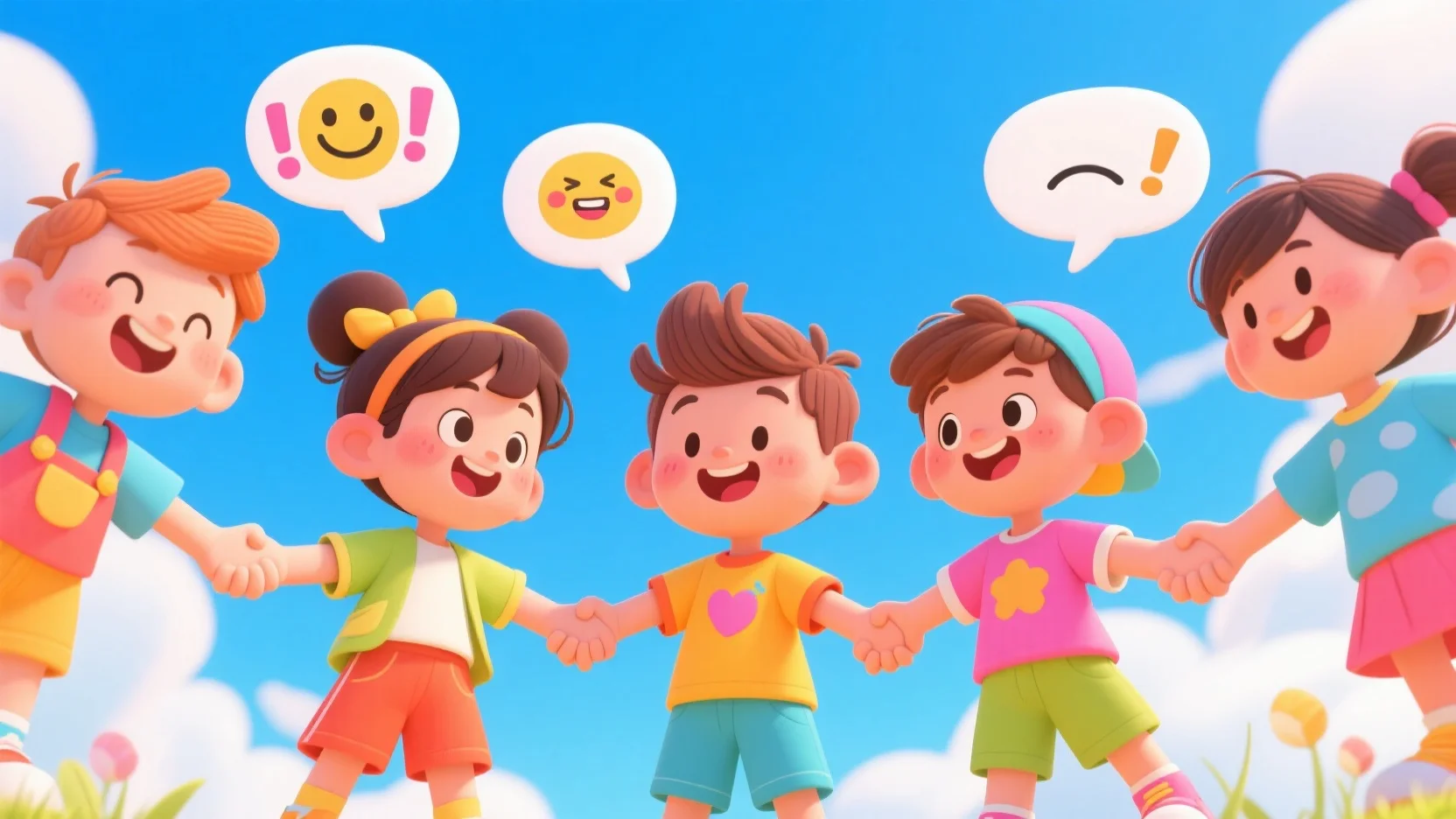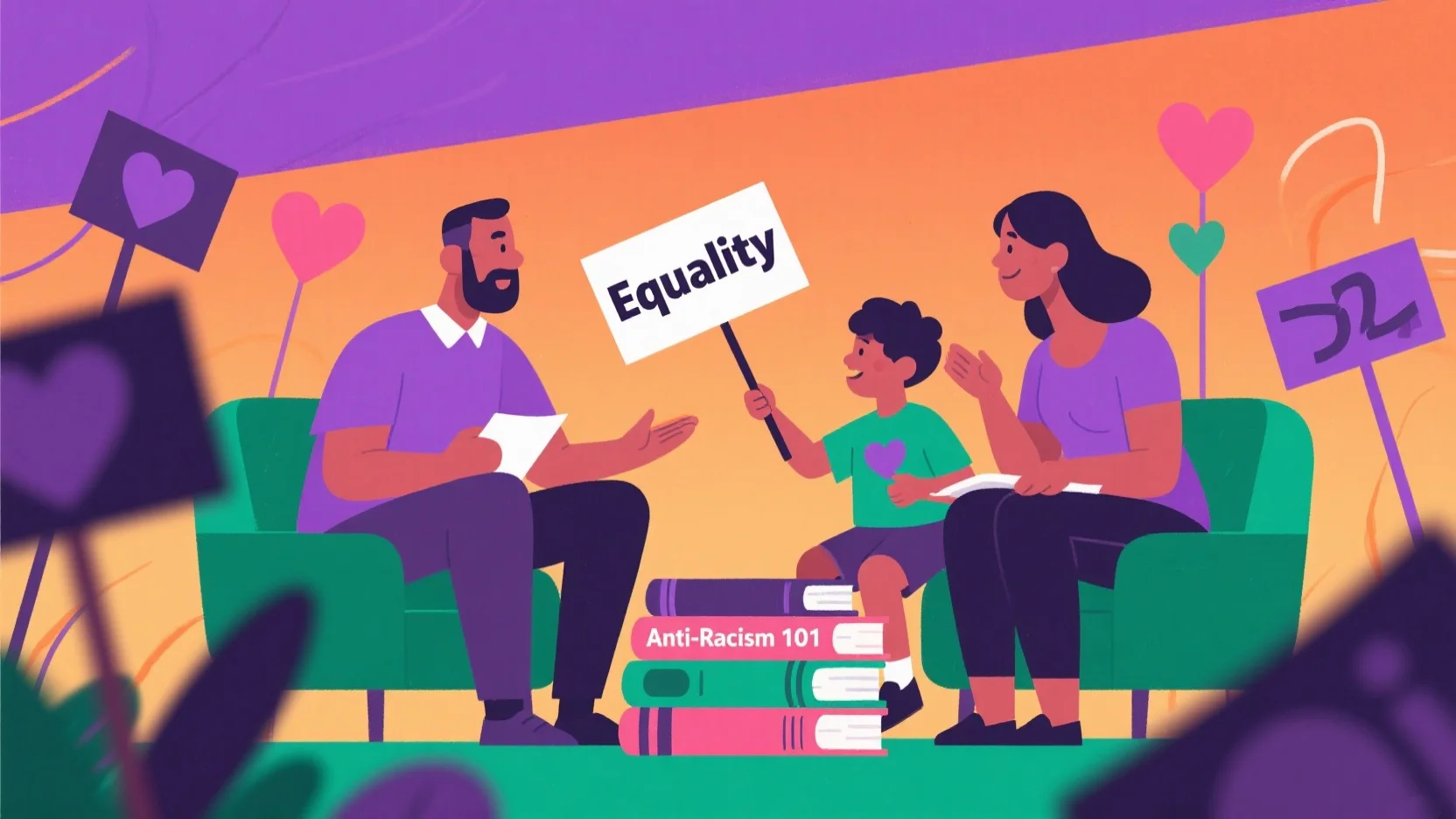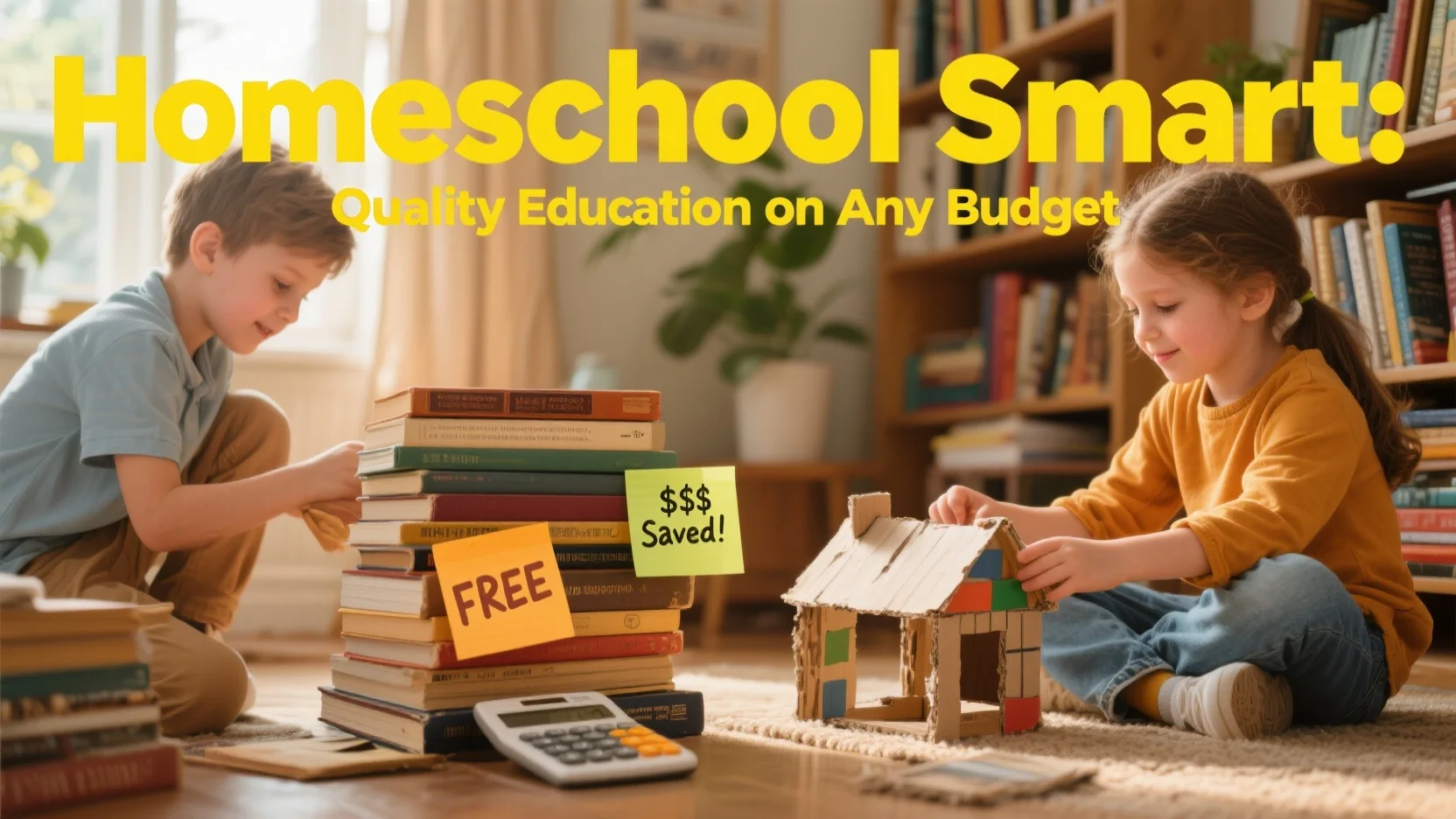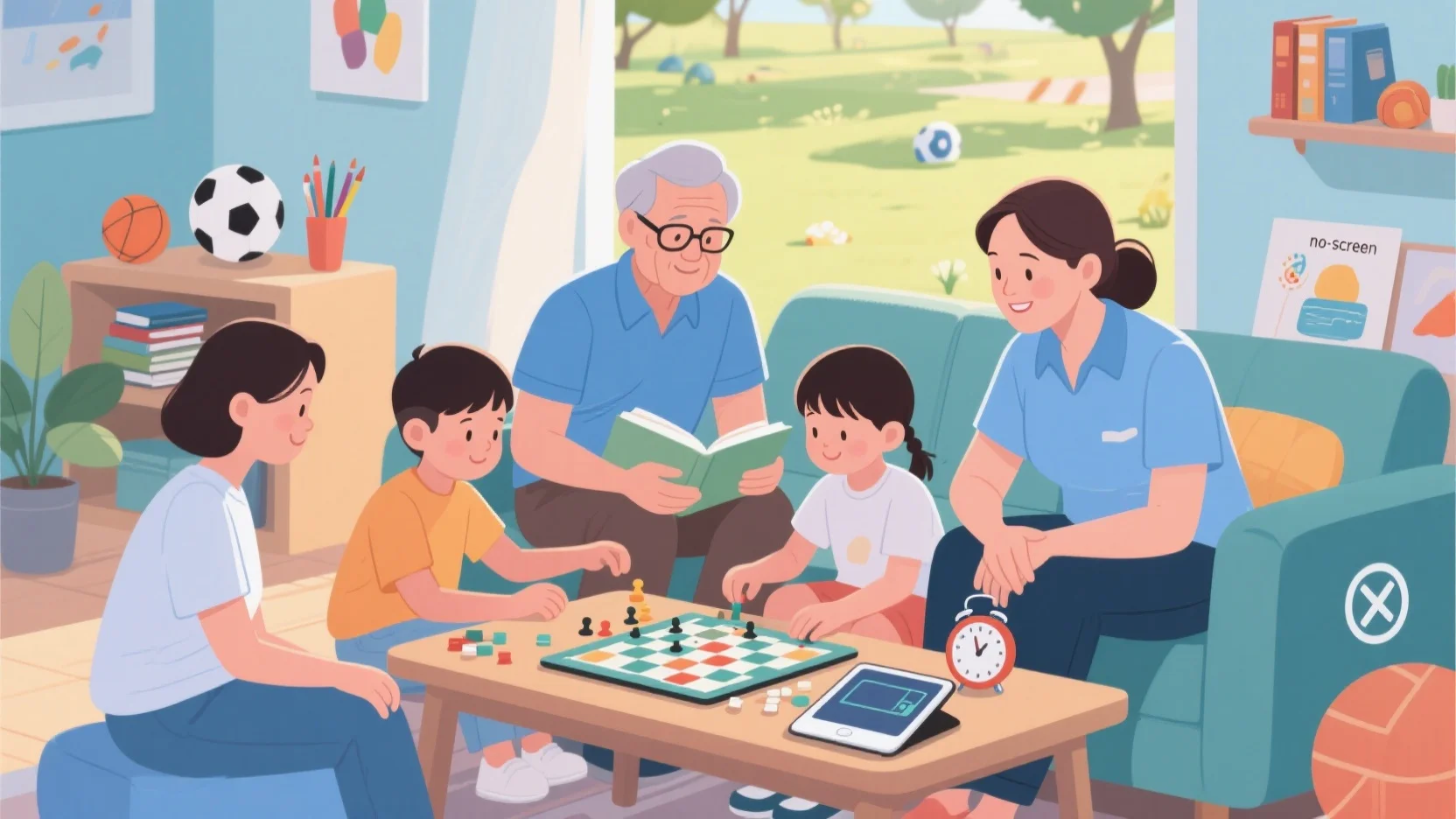Multicultural toys are playthings intentionally designed to reflect diverse cultures, skin tones, abilities, and traditions. Examples include:
- Dolls with varied ethnic features (textured hair, skin tones)
- Art supplies in diverse shades (e.g., Crayola’s “Colors of the World”)
- Figurines in traditional clothing (kimono, dashiki, hanbok)
- Puzzles & games showcasing global cultures
These toys help children see themselves and others in play, reinforcing that all identities matter.
🎯 Why Multicultural Toys Matter
1. Build Empathy & Reduce Bias
- ”Mirrors & Windows” Effect:
- Mirror: Kids see themselves represented (boosts self-esteem).
- Window: They learn about others’ cultures (reduces prejudice).
- Studies show early exposure to diversity lowers implicit bias by middle childhood.
2. Strengthen Self-Identity
- A child playing with a doll that shares their skin tone or hair texture internalizes pride in their heritage.
- Example: A Black child with a doll sporting natural curls feels celebrated, not “different.”
3. Normalize Inclusivity
- Toys depicting disabilities, non-traditional families, or global traditions make diversity feel natural.
- Example: A wheelchair-using action figure teaches kids that differences are part of everyday life.
🧩 Top Types of Multicultural Toys
| Category | Examples |
|---|---|
| Dolls & Figures | Multiracial dolls (e.g., Dinkum Dolls), disability-inclusive figurines |
| Art Supplies | Skin-tone crayons (Crayola), global craft kits (henna, origami) |
| Building Sets | Magnetic family blocks (My Family Builders), world landmark puzzles |
| Role-Play Kits | Multicultural kitchen sets, dress-up costumes (sari, kente cloth) |
| Books & Games | Bilingual flashcards, stories featuring diverse protagonists |
**✅ How to Choose Meaningful Toys**
1. Prioritize Authentic Representation
- Avoid stereotypes (e.g., “tribal” costumes without context).
- Look for culturally accurate details (e.g., a Mexican doll wearing a huipil).
2. Mix “Mirrors” & “Windows”
- Mirror Toys: Reflect your child’s identity (e.g., a Vietnamese doll for a Vietnamese-American child).
- Window Toys: Introduce new cultures (e.g., a Diwali-themed playset).
3. Opt for Open-Ended Play
- Simple toys (wooden figures, blank-faced dolls) encourage creativity and inclusive storytelling.
4. Support Ethical Brands
- Examples:
- Bright Bandar (South Asian toys)
- Modi Toys (Hindu mythology dolls)
- ToyLikeMe (disability-inclusive playthings)
💡 Fun Ways to Integrate These Toys
1. “Global Village” Playtime
- Arrange toys by region (e.g., African drums, Japanese tea set) and discuss their origins.
2. Storytelling Prompts
- Ask: “What holiday might this doll celebrate?” Then read a related book (e.g., Lunar New Year for a Chinese figurine).
3. Mini Cultural “Field Trips”
- Pair a toy with a snack (e.g., Mexican doll + guacamole) and music (mariachi).
4. Language Games
- Teach greetings linked to toys: “This doll is from Nigeria—let’s learn ‘Hello’ in Yoruba!”
🌍 The Big Picture
Multicultural toys aren’t just about representation—they’re tools for empathy, curiosity, and connection. By filling playrooms with diverse toys, we teach kids:
✅ Your identity matters.
✅ Others’ cultures are worth celebrating.
✅ The world is a beautifully varied place.
